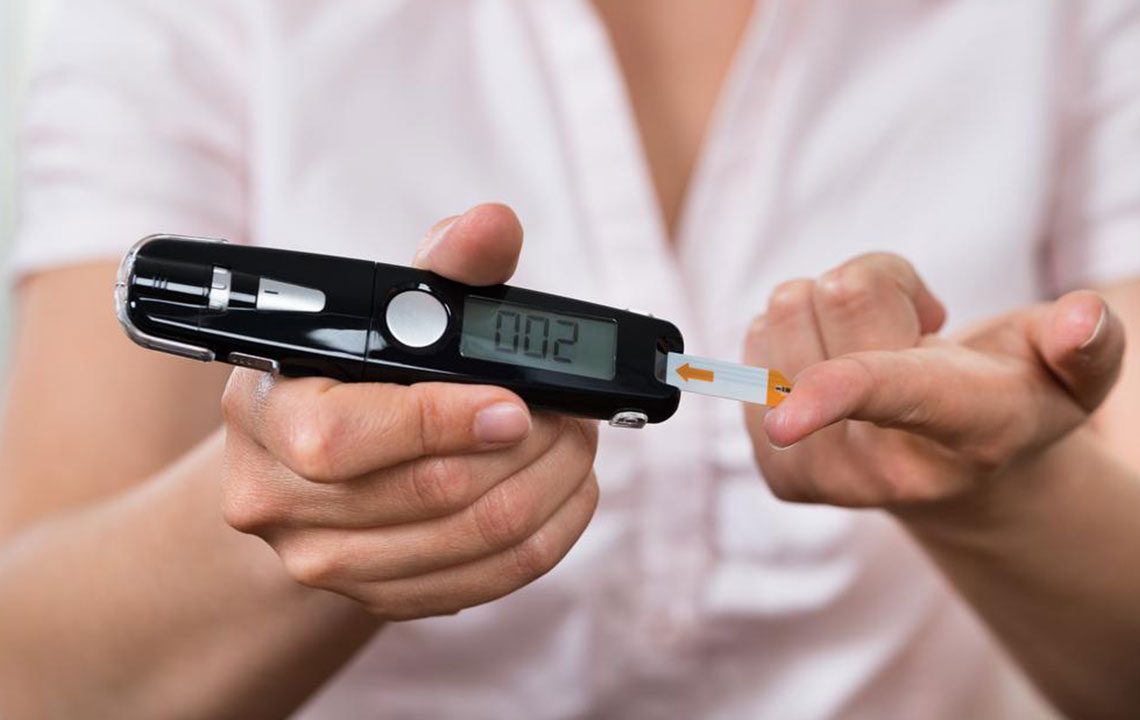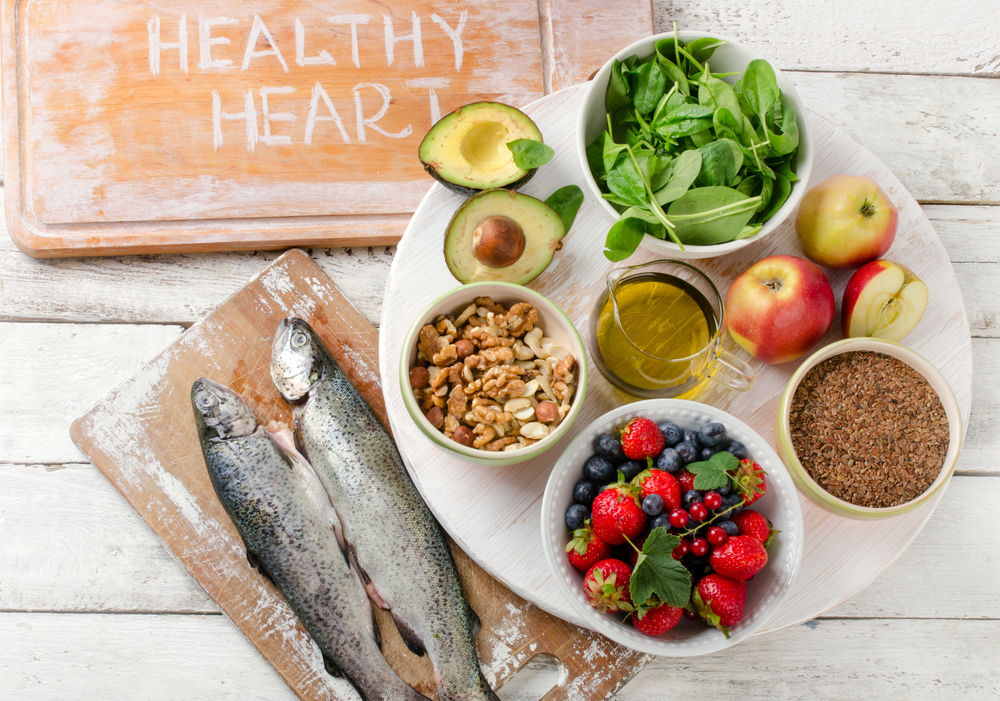Nutritional Strategies for Managing Pulmonary Hypertension Effectively
This article offers crucial dietary tips for managing pulmonary hypertension, emphasizing salt and fluid control, nausea reduction, weight management, and avoiding stimulants. Implementing these nutritional habits can support treatment, reduce symptoms, and enhance quality of life for patients with this condition.
Sponsored

Key Dietary Practices to Support Pulmonary Hypertension Management
Pulmonary hypertension involves elevated blood pressure in the lung arteries, impacting cardiac and respiratory health. While medications and surgery are primary treatments, adjusting one's diet can significantly alleviate symptoms. Avoiding foods that worsen blood pressure or cause weight gain is crucial. Implementing specific nutritional habits can enhance overall well-being and improve quality of life for patients dealing with this condition. These dietary tips focus on controlling sodium, fluids, and other dietary factors to better support health and symptom management.
Reducing sodium and salt intake
The heart’s workload increases when blood pressure in the lungs is high, and excess salt leads to fluid retention, making this worse. This results in swelling, breathlessness, and increased strain on the heart. Adopting a low-sodium diet is essential for symptom relief. It’s important to differentiate between salt and sodium—lowering sodium intake helps minimize fluid buildup. Tips include reading food labels, avoiding adding extra salt during cooking, and choosing fresh or minimally processed foods. Gradually reducing salt allows the natural flavors of food to shine while supporting cardiovascular health.
Controlling fluid consumption
While hydration is generally essential, those with pulmonary hypertension should limit fluids to about two liters daily to prevent fluid buildup and swelling. Keeping track by measuring all fluids—including soups, gelatin, and beverages—helps manage intake effectively. Daily weight monitoring is also recommended to detect early signs of fluid retention. Sudden weight increases warrant medical consultation. Maintaining a food and fluid journal supports adherence to restrictions and helps patients understand their limits, improving overall symptom control.
Alleviating nausea through diet
Nausea can be a side effect of medication treatment and can lead to dehydration and mineral imbalances if vomiting occurs excessively. To reduce nausea, patients should avoid large meals, fatty foods, and carbonated drinks. Eating smaller portions, avoiding excessive water during meals, and staying upright during and after eating can help. Proper dietary adjustments can minimize discomfort and prevent complications related to dehydration and electrolyte imbalance.
Maintaining healthy weight with proper nutrition
Achieving and maintaining a healthy weight is vital for managing pulmonary hypertension effectively. This involves calculating calorie needs based on age, height, gender, and activity level and avoiding overeating. Patients should limit snacking between meals, avoid high-calorie drinks, and focus on balanced, portion-controlled meals. Keeping weight stable reduces strain on the heart and lungs, supporting better disease management.
Skipping stimulants such as caffeine and alcohol
Stimulants like caffeine and alcohol can elevate blood pressure and impair breathing, making them detrimental for pulmonary hypertension sufferers. Alcohol, being a depressant, can slow breathing and worsen symptoms. Substitutes such as herbal teas, lemon water, and non-caffeinated drinks are healthier options. Reducing or eliminating these substances helps maintain stable blood pressure and promotes better respiratory function, essential for managing symptoms effectively.






